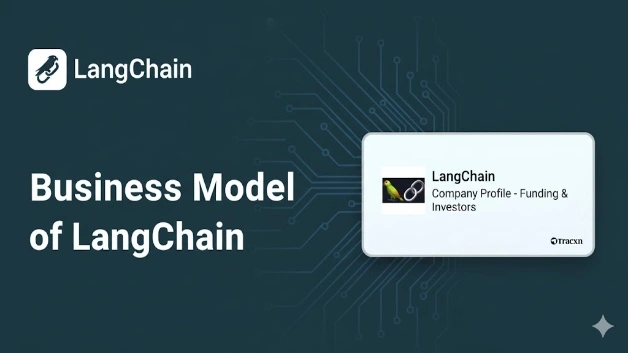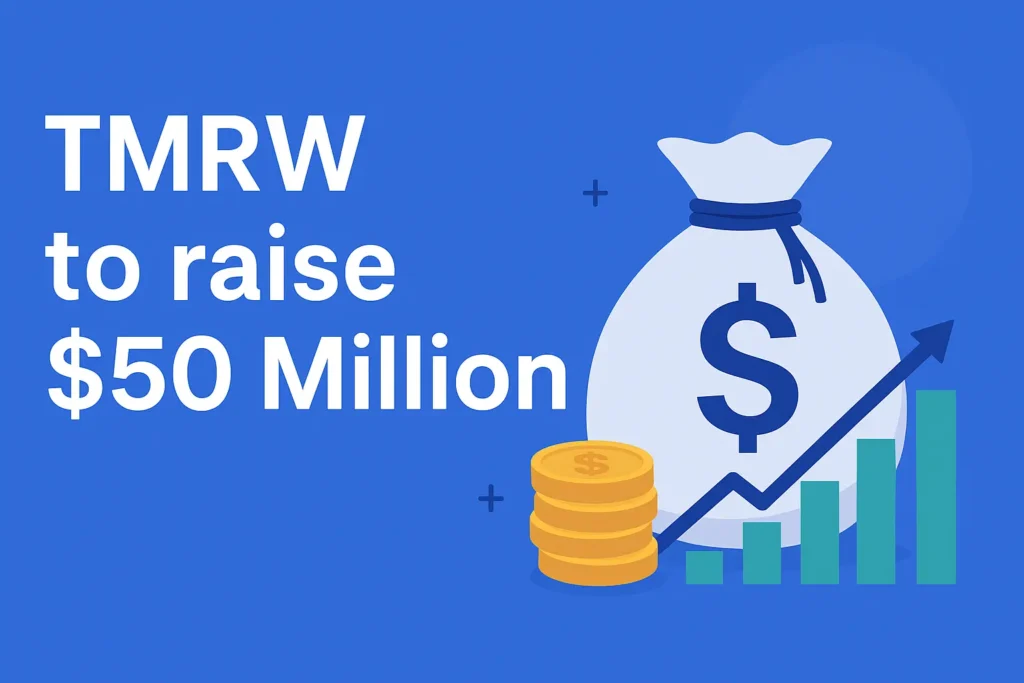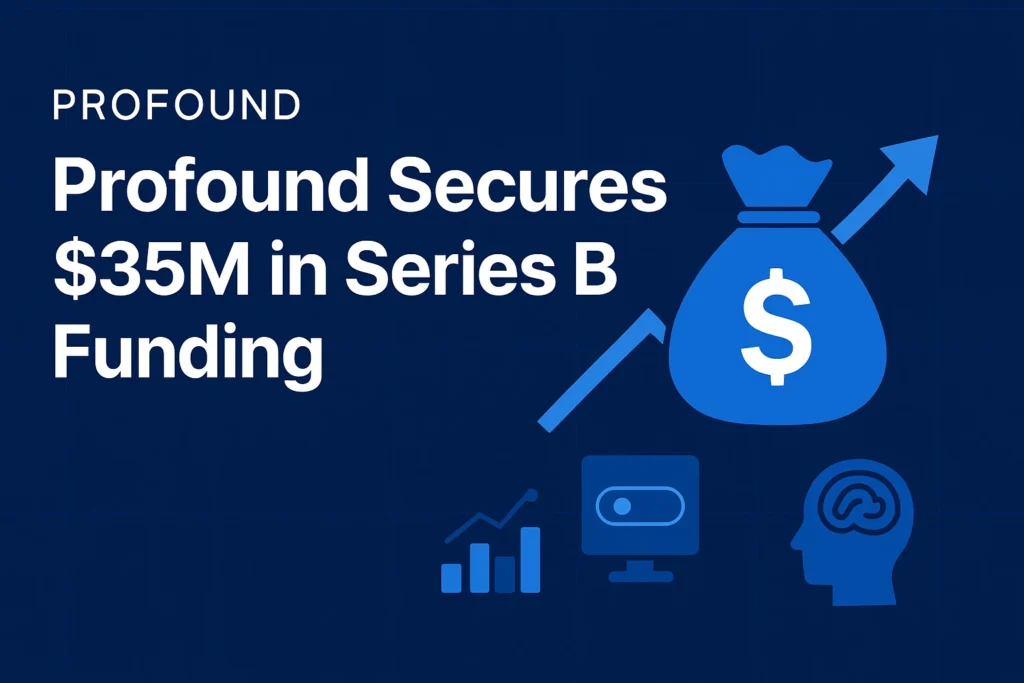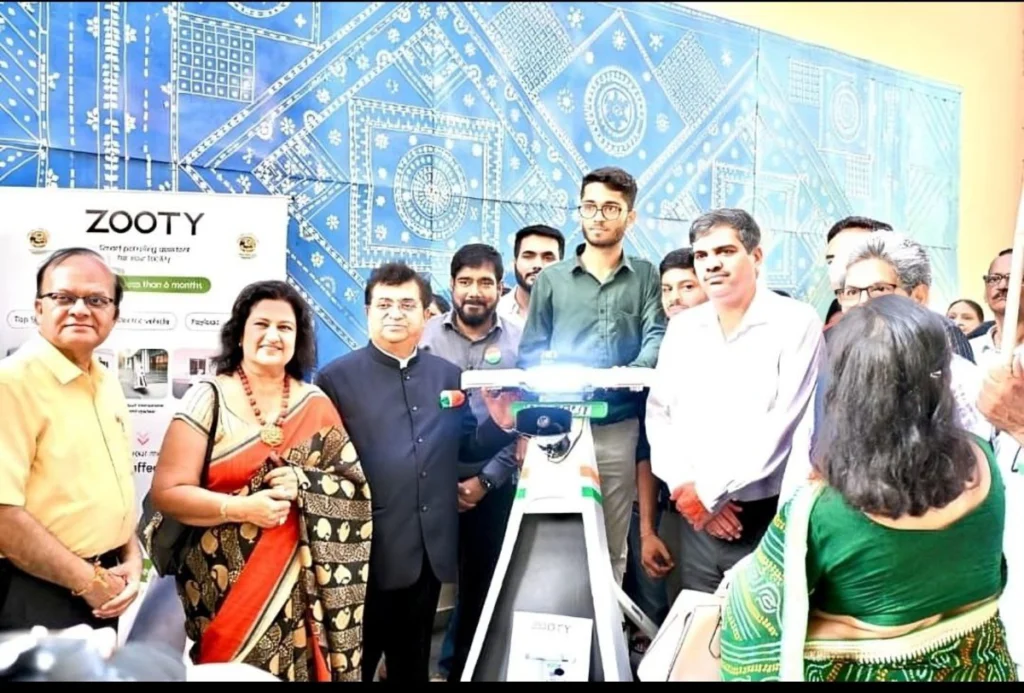| Category | Details |
|---|---|
| How LangChain Started | Business Model of LangChain: Founded in October 2022 in San Francisco by CEO Harrison Chase alongside co-founder Ankush Gola with a mission to democratize AI application development. The company launched when the generative AI market was valued at approximately $40 billion, recognizing a critical infrastructure gap between developers and foundation models. The founding strategy centered on abstracting complexity through standardized frameworks, pre-built components, and orchestration tools that reduce time-to-production from months to weeks. The approach enabled rapid application development without vendor lock-in—a problem plaguing enterprises investing millions in model-specific implementations. Early success came through open-source adoption, with the framework quickly becoming the de facto standard for building large language model applications. This validated the thesis that developers needed infrastructure enabling model-agnostic development rather than being locked into single vendors like OpenAI, Anthropic, or Google. |
| Present Condition of LangChain | LangChain Currently operates with $125 million in Series B funding led by Institutional Venture Partners (IVP), with participation from Sequoia Capital, Benchmark, and existing investors. The round values the company at approximately $1.5 billion—making it one of the fastest to reach unicorn status in AI infrastructure history. Over 1 million developers now use the framework monthly, while enterprises including Elastic, Robinhood, Rakuten, and Moody’s have adopted it for production AI applications processing billions of tokens daily. The GitHub repository has accumulated 100,000+ stars, ranking among the fastest-growing open-source projects in history. Commercial products launched in 2023-2024 include LangSmith (debugging and monitoring platform generating significant ARR), LangGraph (agent orchestration framework for complex workflows), and enterprise deployment options for regulated industries. These products reportedly generate eight-figure annual recurring revenue with 300%+ year-over-year growth. The framework serves as foundational infrastructure for an estimated 40-60% of all LLM-powered applications built since 2023. |
| Future of LangChain and Industry | Plans continued international expansion and deepening enterprise capabilities while maintaining open-source community engagement. LangChain targets competing with well-funded competitors including LlamaIndex, Haystack, and Microsoft’s Semantic Kernel through superior developer experience and enterprise features. The generative AI market has exploded from $40 billion in 2022 to over $200 billion in 2025—a 5X increase in under three years. The AI infrastructure market projects explosive growth from $50.81 billion in 2025 to $309.4 billion by 2034 at 21.8% CAGR. Generative AI startup funding reached $25.2 billion in 2024—representing 31% of all U.S. venture capital—with infrastructure companies capturing disproportionate valuations relative to application-layer startups. CEO Chase predicts: “Every enterprise will build AI applications in the next five years. The question isn’t whether they’ll use LLMs, but how they’ll manage complexity, ensure reliability, and avoid vendor lock-in.” |
| Opportunities for Young Entrepreneurs | Young entrepreneurs can leverage the ecosystem of LangChain through integration services—building connectors between the framework and enterprise systems, databases, and specialized AI models. Plugin development opportunities exist creating pre-built components for specific industries like healthcare, finance, and e-commerce. Consulting and implementation services help enterprises transition from prototype to production AI applications using the orchestration layer. Training and education businesses can develop courses, certifications, and bootcamps teaching developers how to build LLM applications effectively. Specialized application development opportunities include building vertical-specific solutions on top of the infrastructure for industries like legal tech, customer service, and content generation. Developer tool opportunities exist creating debugging, monitoring, and testing solutions complementing the core platform. |
| LangChain’s Market Share | Operates within the AI infrastructure orchestration layer where competition includes LlamaIndex, Haystack, and Microsoft’s Semantic Kernel. The framework serves as foundational infrastructure for an estimated 40-60% of all LLM-powered applications built since 2023, demonstrating market-leading position. Over 1 million monthly active developers represent distribution competitors cannot easily replicate—developer loyalty translating to enterprise contracts when individual contributors become enterprise buyers. The GitHub repository’s 100,000+ stars and open-source community engagement create network effects protecting market position. Enterprise customers including Elastic, Robinhood, Rakuten, and Moody’s validate market acceptance among blue-chip organizations. Geographic positioning in San Francisco provides access to AI talent and proximity to foundation model providers, though the open-source nature enables global reach beyond physical location constraints. |
| LangChain’s MOAT (Competitive Advantage) | Competitive advantages include developer adoption velocity with 1 million+ monthly active users creating network effects—developers learning syntax, community building integrations, and enterprises adopting the framework create switching costs. First-mover advantage in standardizing abstractions emerged precisely when ChatGPT’s November 2022 launch created explosive demand for LLM application frameworks. Open-source strategy built developer mindshare at cost fractions versus traditional enterprise sales, following playbooks perfected by Red Hat, Elastic, and Databricks generating billions in annual revenue from initially free software. Model-agnostic architecture enables enterprises building once then swapping underlying models without rewriting applications—critical flexibility when model capabilities evolve monthly. Strong investor backing from IVP, Sequoia Capital, and Benchmark provides capital and network access for enterprise sales expansion. Community-driven development accelerates feature velocity beyond what proprietary competitors can match. Enterprise features like LangSmith and LangGraph demonstrate successful commercial evolution while maintaining open-source core. |
| How LangChain Makes Money | Revenue generation operates through commercial products built atop the open-source framework. LangSmith provides debugging and monitoring platform with subscription-based pricing for enterprises requiring production-grade observability and reliability. LangGraph offers agent orchestration framework for complex workflows with enterprise licensing for advanced features and support. Enterprise deployment options provide managed services, dedicated support, security compliance, and SLA guarantees for regulated industries willing to pay premium pricing—gross margins exceeding 80% typical for developer tools at scale. Professional services include implementation fees, training programs, and consulting engagements helping enterprises transition from prototype to production. Platform usage-based pricing charges based on API calls, token processing volumes, or computational resources consumed through managed infrastructure. The business model follows successful open-source-to-commercial playbooks where free core products drive adoption, then paid enterprise features capture value from organizations requiring reliability, support, and advanced capabilities at scale. |
I’m Araib Khan, an author at Startups Union, where I share insights on entrepreneurship, innovation, and business growth. This role helps me enhance my credibility, connect with professionals, and contribute to impactful ideas within the global startup ecosystem.




